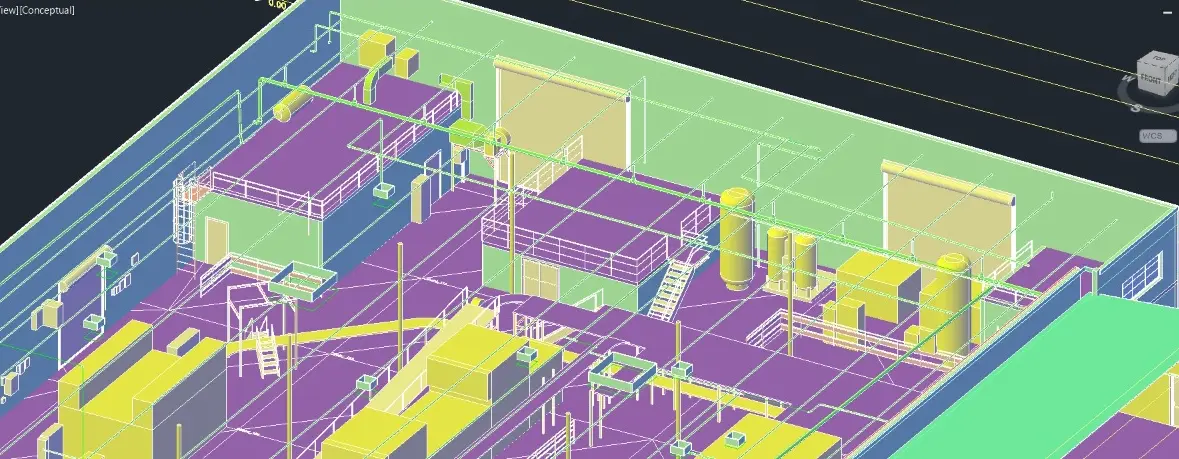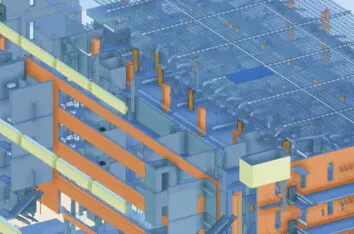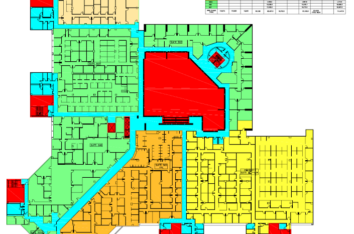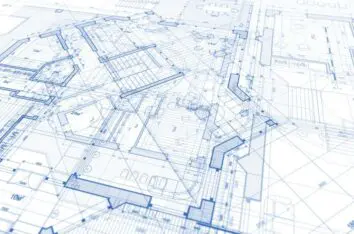What Is Reality Capture and digital twin generation?
On first thought, reality capture might seem like a hypothetical technique from the Star Wars movie. But, can you actually aim to capture reality in real time? Well, yes, and the good news is that reality capture has already revolutionized manufacturing, engineering and architecture industries (AEC).
Reality capture is a technique of collecting the accurate data about real world connection in a cost effective and quick way. There are various ways by which reality capture can be employed to use, however, the most common techniques make use of UAV photogrammetry and laser scanners to produce 3D point clouds.
An obvious question – what is a point cloud? Well, a point cloud is a set of data points containing RGB values and X, Y, and Z coordinates for each point. As a matter of fact, these data sets can be enormous with 100s GB of data!
Why Should You Use this laser accurate technology
There are various reasons why a range of companies is trying their hands on reality capture. The major reasons include:
- To be able to make a quicker and accurate analysis of the objects in real time conditions
- To improve the level of communication and understanding related to the object
- To make the best decisions based on facts and not just on theoretical aspects
- To have a better collaboration between the construction site and to enhance the overall productivity and to avoid rework
Applications of Reality Capture
Once the data is captured, the next step is the processing of the data so collected. In this process, the data is aligned and registered based on a coordinate system. As we already discussed, all point clouds are created using plane coordinates, thus, when the data is processed, these point clouds are able to realize the reality which was captured in the first step.
What’s more? Once processed, these data points become valuable as now they can be easily shared and processed further with existing BIM files and other data.
File Types That digital twins Produce
Both photogrammetry and laser scanning software produce point clouds. As a matter of fact, a single raw point cloud can contain millions of 3D points. You can easily get rid of unwanted data, reduce the file size and provide a more useful data set to your end users.
One of the best parts of using point clouds is that they can be converted into various file formats and can be used with various software. For instance, they work equally well with ReCap Format (RCP) and open LAS (LASer) format.
Come To Think Of It, What Is ReCap?
ReCap is a reality capture software from Autodesk. It helps you capture the reality. Let’s see how.
- Point data of the concerned object is first captured with the help of 3D laser scanning
- The scanned data is then captured in the ReCap format (RCP)
- Next, the software changes these files to RCS file format which can be read by other Autodesk software
- You can then work on the scan data and hide or remove the unwanted sections of the point cloud. You can even choose to delete the points permanently.
- Additionally, you can also use lighting modes to have a better look at elevations, surfaces and the like.
- These scan files can then be used with other programs for further processing.
Examples
There are several examples which demonstrate how reality capture is put to use in AEC. Let us consider a few cases.
Case 1: Reality IMT Inc.
Project: 10.5 Acres of retail stores of an old shopping center needed to be documented in 3D for architectural and structural design purposes. The challenge was that the site was occupied by tenants and some areas had restricted access.
Application of reality capture
Laser scanning was used to make a photographic impression of the building and that was followed by a formulation of the 3D data map that was then delivered in Revit
Case 2: Bates Architects
Project: Renovation, the addition of entrances to the hallways, and the addition of new clinics for a hospital in Jefferson.
Application of reality capture
With the help of laser scanning, the existing building structure was visualized on the digital platform and then a 3D model for the new structure was created. This reduced the project lifecycle time drastically.
Case 3: Atlas Engineering’s Water Group
Project: Modification program for improving Australia’s pumping sessions, reservoirs, and waste water plants.
Application to reality capture
This process was carried out by scanning 60 different water plant projects. The images were then converted in 3D models digitally.
Wrapping Up
This is how reality capture is making the tasks easier in the AEC sector. We hope that this article would have underlined the important parts and have put the right message across.
Got any queries? Write to us in the comments!



